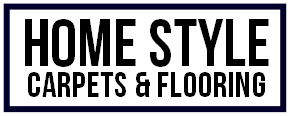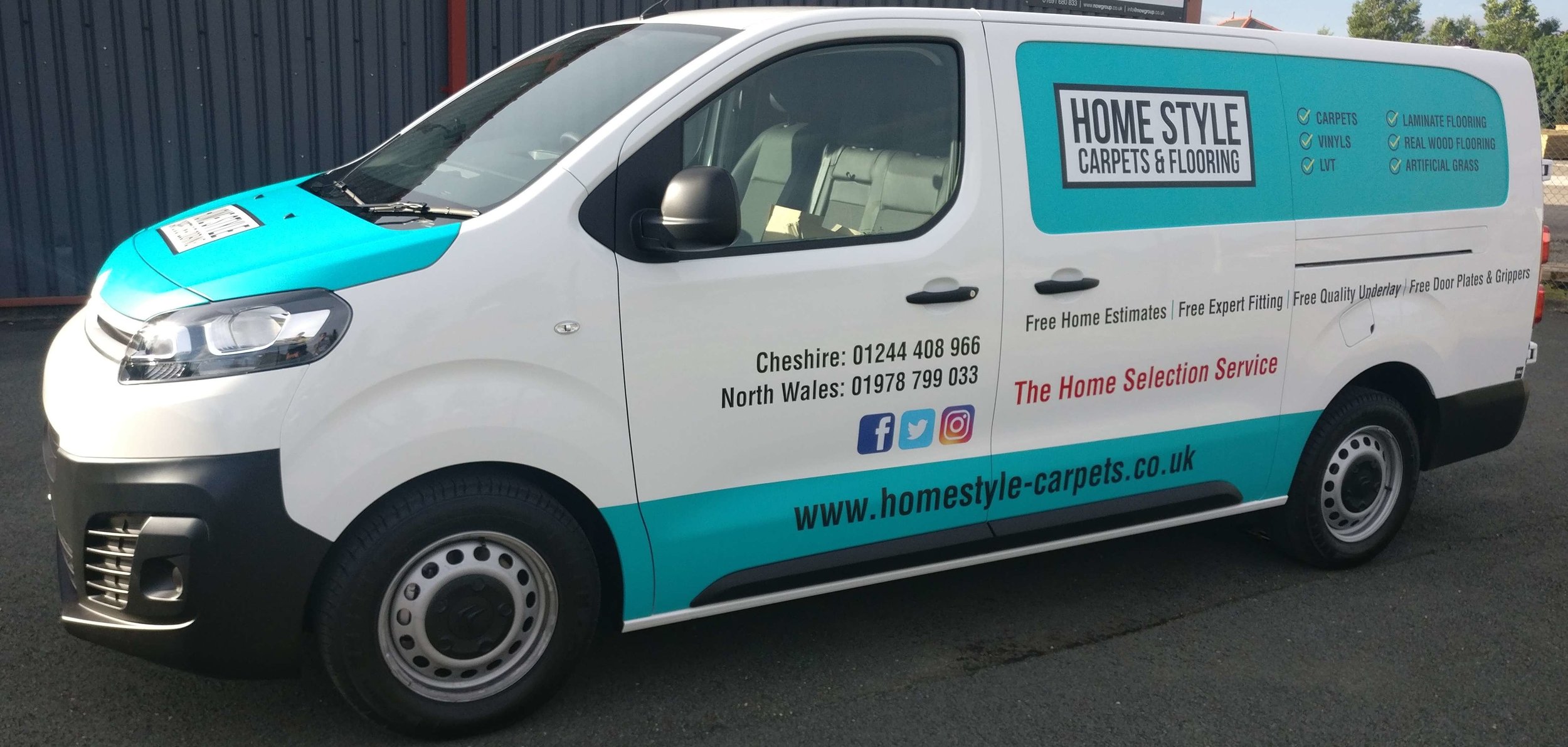A useful care guide for different kinds of flooring
/While how long a floor choice will keep its looks and last for is dependent on the amount and type of use it sees, and whether it was professionally installed, the key factor impacting its ability to endure is care. Using the appropriate maintenance schedule, techniques, tools and products specific to your floor choice are paramount, and in the following sections, you’ll find all the information you need to look after your floors.
A word of caution to floor owners
It’s important to remember when maintaining any type of floor that you should always first consult the flooring manufacturer’s instructions for care and maintenance. The best cleaning method and product can vary greatly depending on the floor’s maker, so it’s imperative you follow any advice to the letter. Failing to heed these instructions can not only harm your floor, wasting the money you have paid for it, but can also void your warranty.
Hardwood flooring
Able to last for 100 years if properly cared for, hardwood, sometimes referred to as solid wood, offers one of the most durable flooring options money can buy. This being said, hardwood does have one weakness, and that is moisture – particularly, pools of liquid that are left to seep beneath its surface. This can cause wooden boards to expand, leading to warping and cupping, ruining their look and feel and leading to further damage.
Care tips
Any spillage must be immediately attended to, avoiding such incidents where possible. Additionally, avoid cleaning products that contain wax solvent, detergent, bleach, vinegar or ammonia, and never use steam cleaners, stiff brushes or steel wool on wood flooring.
Materials and method
Only use gentle, designed-for-purpose hardwood floor cleaners. Sweep your floor using a hardwood brush and vacuum it at least twice per week to remove surface debris that can damage its finish. Once every week, use a dedicated liquid cleaner approved by your manufacturer. Never use too much liquid, and dry your hardwood floor with fans.
Necessary repairs
Minor damage to hardwood can be repaired using touch-up kits for minor marks and scratches, but, when necessary, you can sand and refinish your floor, restoring it to its original glory.
Engineered wood
Property owners seeking the natural appearance of solid wood but with impressive tolerance to humidity often opt for engineered wood flooring. Unlike a solid hardwood board, each engineered floorboard is comprised of multiple layers of wood below a perfectly finished piece of hardwood, providing a stable and structurally sound surface.
Care tips
The same rules regarding hardwood floors and moisture apply to engineered boards, as do the warnings regarding detergents, wax and ammonia in cleaners, and the use of overly abrasive cleaning tools and steam cleaners.
Method and materials
Engineered boards also require a gentle floor cleaner dictated by the manufacturer and suited to engineered wood. Floors should be swept regularly, at least once a week, and vacuumed using a soft attachment designed for hard floor surfaces to avoid scratches. Once every two weeks, use a liquid floor cleaner designed specifically for wood flooring, and ensure it is dried thoroughly. Any excess cleaning fluid should be mopped up immediately.
Necessary repairs
For minor damage, wood repair products are available to smooth out any scratches and nicks. While they can’t be sanded down and refinished as many times as hardwood floors, this process can still be performed on engineered boards, depending on how thick their topmost layer is, to deal with severe damage.
Laminate floors
Laminated flooring resembles the look and feel of wood flooring, but it is much cheaper to buy. While it won’t last as long as a floor made with real wood, it is still exceptionally durable and resistant to fading. It is also an easy floor choice to maintain, providing you have the right equipment and a solid cleaning routine.
Care tips
Like the wooden floors it imitates, laminate’s nemesis is also moisture, so avoid using sopping wet mops and steam cleaners for maintenance. Chlorinated cleaners or those using ammonia should never be used, with polishing and buffing machines also being the wrong choices for caring for laminate flooring.
Method and materials
You’ll find many floor cleaners suited to hardwood will also double for laminate. This floor type should be both vacuumed and swept once a week, but can also be damp-mopped each week with a soft micro-fibre mop and a gentle cleaning solution that is pH neutral. If a spill or stain occurs, always address the issue immediately.
Necessary repairs
Laminate floor repair kits can be bought that help deal with a wide range of dents, nicks and scratches, but serious damage can be beyond repair. Luckily, when this happens, replacement laminate planks can be purchased to swap out the damaged product, restoring its appearance.
Vinyl flooring
Available in standard format and luxury versions (LVT or LVP) that resemble natural stone, and hardwood vinyl is extremely hardwearing and is the easiest floor type to clean.
Care tips
While vinyl can cope with moisture better than any other flooring mentioned, it can be susceptible to sunlight, causing it to fade or change colour. To avoid this, ensure it’s treated with a UV-resistant seal or coating. Other weaknesses of vinyl are rubber and chemicals, so avoid rubber-backed rugs, walking on it in rubber soled shoes and using acetone, varnish and harsh cleaners.
Method and materials
Vinyl can be vacuumed, dry mopped or damp mopped once or twice a week as necessary. It can cope with water-based cleaning, making it ideal for bathrooms and kitchens, which require high-hygiene levels.
Necessary repairs
Vinyl installed as a single piece is exceptionally difficult to repair and usually requires replacement, but luxury vinyl tiles are simpler to replace.
If you follow these guidelines regarding the flooring solutions you’ve selected for you home, you can maintain or even increase the accepted life expectancy of them. This ensures you enjoy a well-earned return on what is often a sizeable investment, and you can enjoy your floor for many years to come in the best condition possible.

